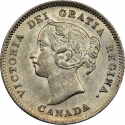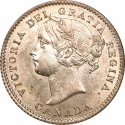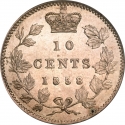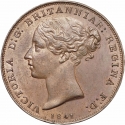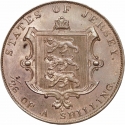You are about to finish your registration. Please check your mailbox (including spam folder). There should be a letter with a confirmation link. Check setting to make sure that your e-mail address is correct.
Send letter againDescription
Victoria (1819–1901) was Queen of the United Kingdom of Great Britain and Ireland from 20 June 1837 until her death. From 1 May 1876, she adopted the additional title of Empress of India. She inherited the throne at the age of 18, after her father's three elder brothers had all died, leaving no surviving legitimate children. Victoria married her first cousin, Prince Albert of Saxe-Coburg and Gotha, in 1840. Their nine children married into royal and noble families across the continent, tying them together and earning her the sobriquet "the grandmother of Europe". Her reign of 63 years and seven months is known as the Victorian era and was longer than that of any of her predecessors. It was a period of industrial, cultural, political, scientific, and military change within the United Kingdom, and was marked by a great expansion of the British Empire.
The dollar was the currency of Nova Scotia between 1860 and 1871. It replaced the Nova Scotian pound at a rate of 5 dollars = 1 pound (1 dollar = 4 shillings). Between 1861 and 1864, bronze ½ and 1 cent coins were issued. These were the only coins issued for the Nova Scotian dollar.
Obverse

|
Mantled bust of HM Queen Victoria facing left (the ‘Bun Head’ or 'Young Head' portrait), wearing bodice, on her head a wreath of leaves and berries, tied behind the neck with a riband with two loose ends. The hair is parted and carried over the ear to be formed into a plaited bun behind. The mantle is embroidered with a rose, thistle, and shamrock, and sometimes has a circular brooch in front. On the edge of the shoulder the word HONI SO or S, with part of the Star of the Garter. Legend around, broken by the head between G and BRITT. VICTORIA D:G: BRITT:REG:F:D: |
|---|---|
Reverse

|
Depicts the royal crown surrounded by a wreath of both roses and mayflowers. Date below, value above. HALF CENT |
| Edge |


